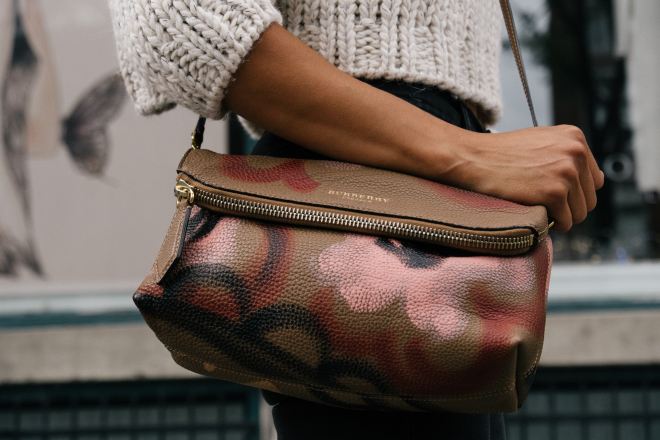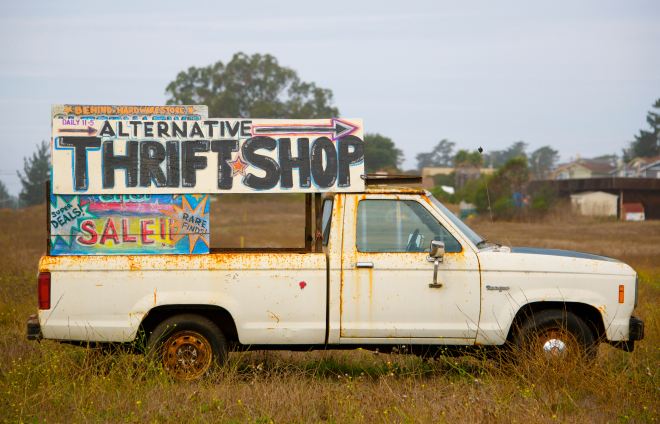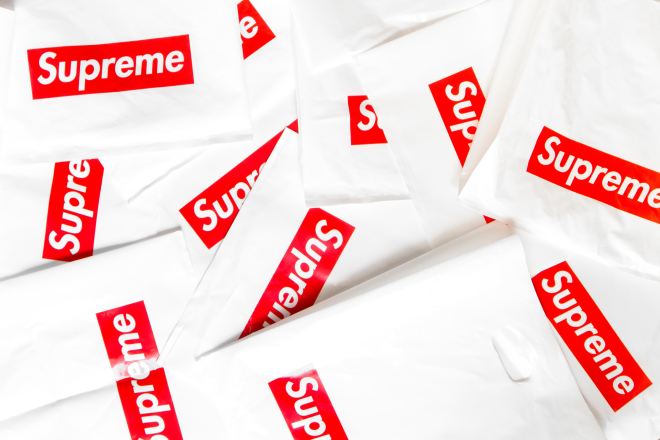Luxury brands must learn understand their product life cycles
When brands launch a new product, they pour all of their hopes and dreams into the opening event. The start is the most crucial, as it determines the hype-size. Yet, with so many strong luxury brands out there, how do luxury brands manage to keep the attention on themselves, when the show is over?

When the storm has settled, the stores have been stocked and the first customers have received their packages, reality kicks in. Only a small percentage of sales are made directly after the launch of a new product line. The mere lucky few, will have had the chance to purchase the collection, right off the bat; this holds both true for brands, that handle and ship their own goods, as well as retailer.
Most consumers, do not get to purchase the goods until a few months after the initial product introduction. Sadly enough, the luxury industry focus‘ its full attention on the launch phase of any new product. New is better? In case of luxury fashion, they come to think so.
How do luxury brands keep the attention for their top products high? Brand building appears to be the answer to everything; let the consumer decide which products will make it in the long run and might become “evergreens“
A trend towards (second hand) sustainability
Fashion brands seem obsessed with short term peaks. The best in class need to reinvent themselves constantly to keep their customer‘s attention at par. At least, that is their own perception of how the world of fashion works.
Renown industry names such as Louis Vuitton, Versace, Gucci and Rolex, understand the complexity of brand building. These industry behemoths have been around for decades and spend nearly all of their marketing budgets on brand building campaigns. And who can blame them, they have been doing very well for themselves for a very long time already.
However, when we look more closely at the market for luxury goods, new trends do emerge. One of the most promising trends: second hand luxury goods are a „thing“.
Sustainability startups such as The real real have understood that there is a tremendous market for second hand luxury goods. Whereas the demand for primary goods is still significantly larger in Europe and Asia, times are changing rapidly in the United States – where it has become more accepted to purchase vintage luxury items.

Why this is a good thing
These platforms have the potential to change the industry, as they help sustain a long term interest in high quality products. This is generally a good thing for the industry, as it prolongs the customer life cycle of a great number of products.
Even though top brands might be wary of the development of a secondary market for their goods, there are substantial benefits as well. To name but a few:
- The secondary market will create a new entry point for aspiring brand advocates; the perceived brand value of these international trendsetters, does not always reflect the price customers are able to pay for their goods.
- New business models; Servicing and repairs will become a significant value driver; products will be used longer and change hands more often, thus will need to be kept in good condition.
- Reduced need for black market goods; when luxury goods become more accessible, there is a lower tendency to purchase non-certified goods. A great opportunity for both brands and certified retailer alike.
- More market transparency leads to better product decisions. Due to the fact that second hand goods are traded openly on the internet, designer can follow trends and demand better than ever before. Long term product winners, can be identified more easily; these can be used as a basis for future collections and (branding-)campaigns.
- Active product communities can transform brandperception and pricing. The latest Jeezy collections were sold out in retailstores world wide within mere minutes. Yet, the demand was so high, that nearly all collection pieces are traded at multiples of 4-6x the original retailprice on second hand platforms. The same goes for certain (trending) Rolex watches, that sell at double the original retail price in stores such as Tourneau; the long term product demand opens up grand opportunities for certified secondary products for both retailer and their respective brands, alike. The luxury watch industry shows that an active product community can push the perceived product and brandvalue to unimaginable heights.
Luxury fashion is struggling to find the right balance.
Is it about the brand, or the product?
The key question: is brand value more positively correlated with the perceived value of the product, or the brand itself?
When it comes to luxury fashion, it is not that clear cut. Brands can get away with quite a bit, underwhelming collections, poor production quality and market trend misconceptions are common, but generally quickly forgotten as long as the evergreens have a great reputation.

This is exactly why it is so important to cherish your product history. Burberry would not be where it is today, if it had taken the Burberry Trenchcoat out of their collections after the premier season. This iconic piece of fashion wear is the cornerstone of their existence.
Burberry and Rolex are two of the very few companies in luxury fashion, that understand the importance of consistency. Both know that there is a thin line between common-day goods and luxury, thus celebrating their core products far past their product life cycles. Tradition and quality will continue to go hand in hand in luxury.
At the end of the day, products will come and go, but as long as there is an active community around a product, the brand will continue to strive. Thus, there is nothing more important than to celebrate product winners.
The luxury fashion and retail industry is reinventing itself; but, there is nothing more important for brands and certified retailer to understand that any tool out there, that can extend the product life cycle (be it a second hand platform, or an active product community/forum/social media group), needs to be fed, expanded, and nourished to keep the brand value high, in the long run.
If you would like to discuss this further, please leave your comments in the section below. To find out more about our venture building and digital advisory services for luxury brands and retailer, reach out to me using the contact form.
Before your go
Please subscribe to my blog. You will be the first to receive my posts and articles on entrepreneurship, digital marketing, tech trends, user experience design and more. No ads, no cost, no strings attached.
I write all of my articles and they reflect my personal opinion. I’d love for you to join the conversation.
Email Address
Subscribe
Twitter more your thing?
You can find / follow and converse with me, right here: Follow @rlivain


